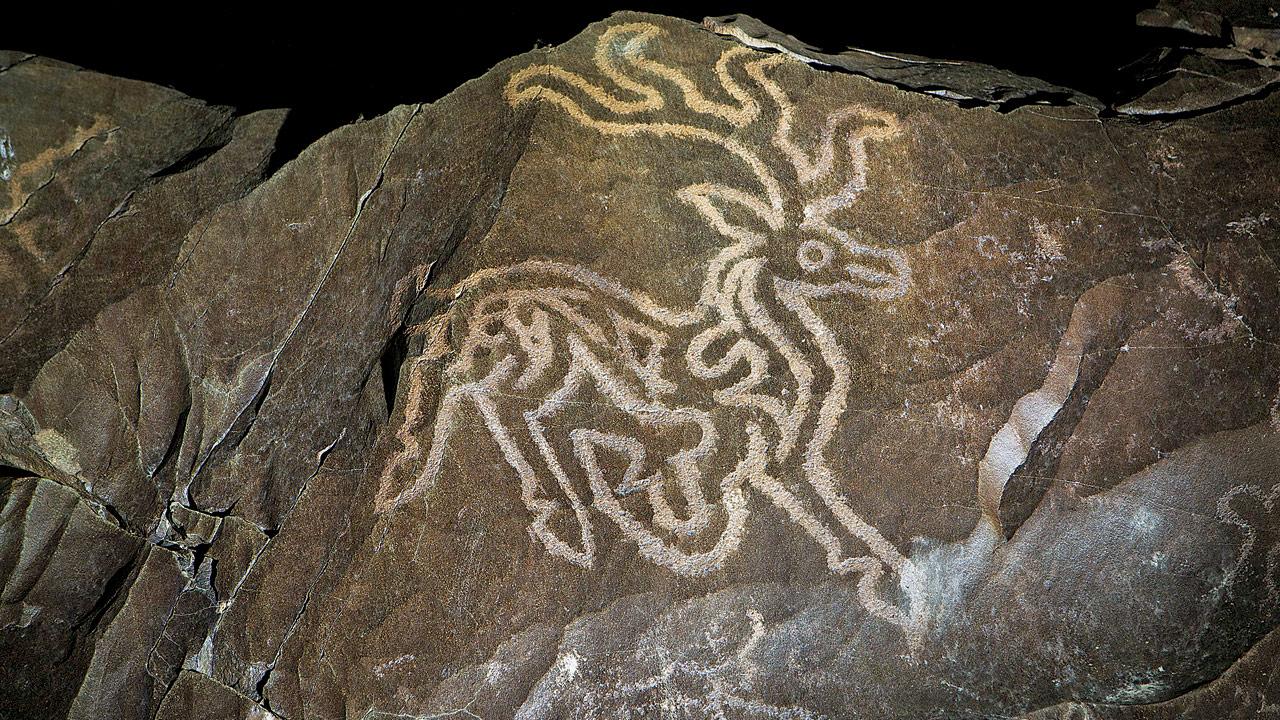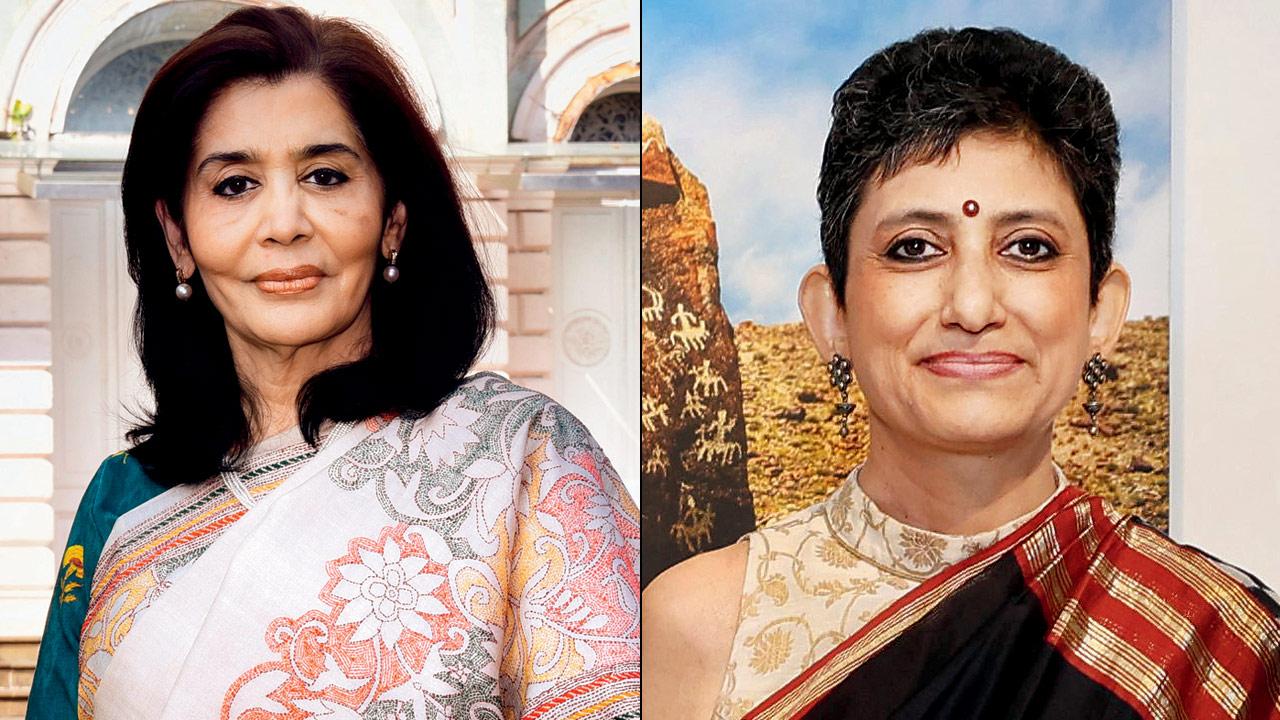A conversation hopes to highlight the rare petroglyphs and rock art of the region, and their role in illustrating the shared human experience

A mask-like symbol on a rock in Changthang region of Ladakh (Pics courtesy/Ahtushi Deshpande)
Ladakh may be known for its vast, desolate beauty, but it also hides within these spaces the secrets of a creative and artistic past. This past has been etched onto rocks and hardened façades that have survived the arid climatic conditions over thousands of years. Writer and travel journalist Ahtushi Deshpande’s book, Speaking Stones, is a curated document shaped over more than a decade of research and travel. She will join Tasneem Zakaria Mehta, managing trustee and director, Dr Bhau Daji Lad Museum, today in a conversation that explores the nature of human artistic pursuits, the past and her unique book.
ADVERTISEMENT
Describing Deshpande’s work as ‘a valuable archaeological research,’ Mehta shares, “It is only by making people aware that the government and local people will be able to preserve it.” The need for preservation is key since these petroglyphs and rock art are hardly known, even to Ladakhis. Deshpande remarks, “It was something people just passed on, and nobody really took note of. Plus, they are offbeat places and hard to access. It was limited to academia.”

A stag rendered in the central Asian Steppic style from the Iron Age
This limited nature of their knowledge makes Deshpande’s documentation of the petroglyphs and rock art in over 250 photographs a unique effort. “The book has wonderful photographs and is a careful documentation of a lesser-known but very important archaeological and historical resource. Ahtushi must be commended for her perseverance and dedication. The talk will highlight her challenges and how she overcame them,” Mehta points out.
One key challenge was locating and curating the art through the vast landscape. Deshpande reveals that it took her over 10 years and 18 trips to the region to find works that she felt ‘represented the region’. “I was not documenting them as a scientist would. The key criteria were style, distribution and creative range. There would have been many hunting scenes, but I was selective in my choice,” she says.

Tasneem Zakaria Mehta, Ahtushi Deshpande
It is easy to see why Mehta calls it a ‘shared window into our humanity.’ The petroglyphs and rock art that date back to over 5,000 years, include depiction of hunting scenes and animals — some that remain unidentified. Deshpande says, “There are several depictions of tigers that are rare in Ladakh today.” Mehta reveals that the conversation will also explore the narrative etched in the petroglyphs, the fascinating early belief systems, and the connection with nature that its creators enjoyed. The author adds, “It was a threatening environment to be in; back then — they were out in the open, fighting for survival. Even in such times, they had the instinct to find means to express themselves. These are the roots of our art.”
Stepping Stones is one of the first documentations of these ancient art forms. Apart from the conversation, the museum will also host a sale of copies at their museum shop for visitors. Deshpande will also be travelling to Paris to exhibit her photographs in a two-month long photo exhibition starting November.
ON Today; 5.30 pm
AT Education Centre, Dr Bhau Daji Museum Plaza, Byculla East.
LOG ON TO insider.in
 Subscribe today by clicking the link and stay updated with the latest news!" Click here!
Subscribe today by clicking the link and stay updated with the latest news!" Click here!







